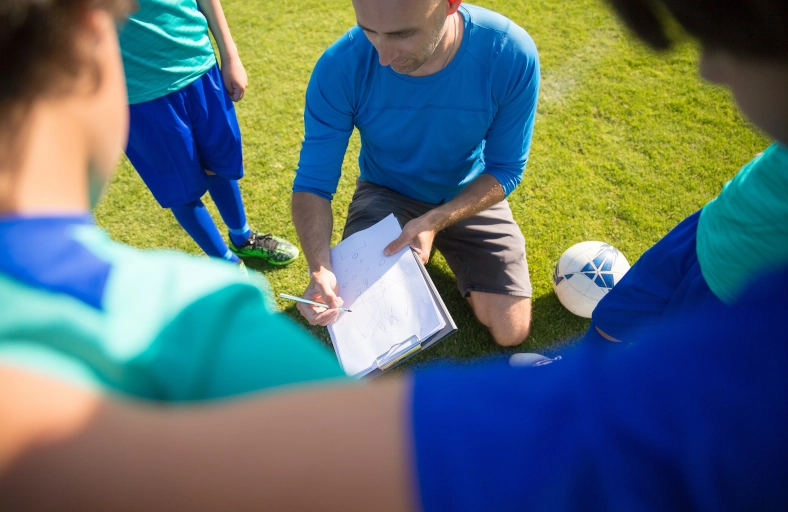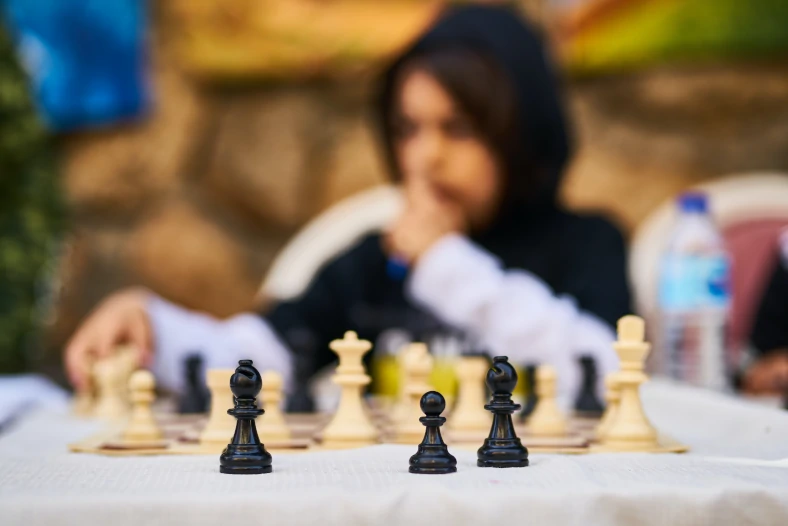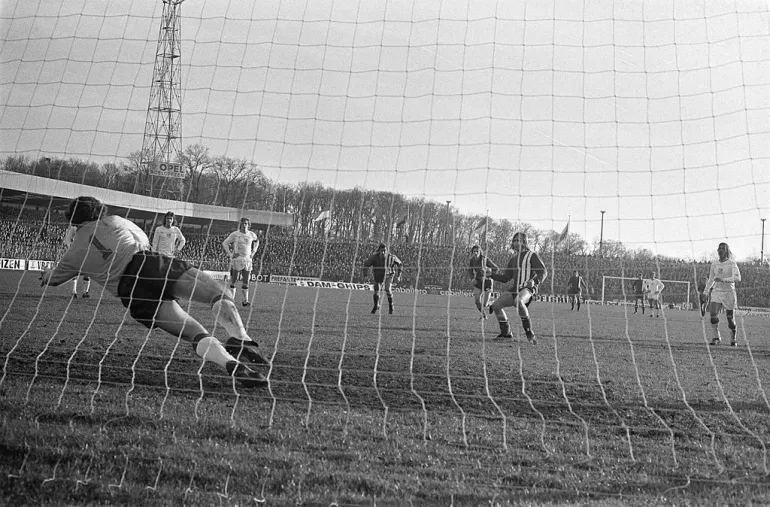Goalkeeper distribution tips

In modern football goalkeeper distribution is key. Once the keeper has the ball, they become a field player. Therefore they need to distribute the ball to keep possession or launch attacks. This post illustrates different goalkeeper distribution techniques and when to use them.
Finding a good goalkeeper for your Sunday league (or Saturday depending on where you live) can be a difficult task. Many amateur teams often choose a friend or acquaintance that “will do” at goal, usually someone that plays other sports such as rugby or basketball. They can grip the ball firm and be good at crossings. However, the goalkeeper role is much more than stopping goals, claiming crosses or being good with your hands.
If your keeper cannot safely pass the ball to a teammate or cannot play with their feet, you are actually playing with 10 players. I’ve seen teams that featured extraordinary players, but their goalkeepers could not pass the ball. The defenders of these teams had no other option that hoofing the ball away when under pressure. In addition, when the goalkeeper had to restart play, half of the balls went straight back to the opposite team. You don’t want a goalkeeper like this.
A well-rounded goalkeeper must master distribution to retain possession or quickly launch counterattacks. In order to do so, they have to be comfortable using both their hands and feet for distribution. In addition, keepers are required to become an on-field player at times. They are actually the last defender in your team.
We selected a number of videos to illustrate the most popular goalkeeper distribution techniques: underarm bowl, overarm throw, goal kick, drop kick and side volley. I hope you find them useful.
Underarm bowl
The underarm bowl is the easiest and safest distribution technique of all. The goalkeeper simply steps forward with the opposite foot to their strong arm, leans towards the ground and bowls the ball with their dominant arm.
The goalkeeper should use the underarm bowl only for short distances and when a player moves close to support and is not under pressure by the opposition.
The quality of the video below is not great, but the correct technique is explained in detail.
Overarm throw
The overarm throw is used when the goalkeeper wants to reach with precision a teammate that is far away. With the correct technique the keeper can help your team maintain possession and build attacks.
This technique is what the keeper should use to start a counterattack. It is quicker to align your body than using a volley or side volley. It is also easier for the receiver to control the ball.
The video below describes how to execute an overarm throw (also known as javelin throw).
Goal kick
How many times have you seen the centre back taking a goal kick on professional football? Not many. However, it is very common to see in amateur football. The keeper is awful at kicking the ball, so a teammate takes goal kicks.
Your goalkeeper should always take goal kicks. When a defender takes a goal kick, the team is loosing a field player and opposition players are all in onside position. The only scenario where a defender must take a goal kick is when the goalkeeper is injured, recovering from an injury or feeling discomfort in their kicking leg. In fact, even free kicks close to the box should be taken by the goalkeeper.
The video below illustrates the correct technique to use when taking a goal kick. Make sure your keeper follows the tips in the video.
Drop kick
A drop kick is a technique used to kick the ball as far as possible, but it is hard for the receivers to control the ball. As modern teams favour possession of the ball, most professionals goalkeepers tend to use side volley kicks or their hands.
There are two variations of the drop kick: volley and half volley. The volley is the easiest technique, the keeper simply drops the ball from their hands and kicks it as hard as possible before the ball touches the ground. In the half volley the keeper kicks the ball after it bounced on the ground. It is not a good idea to use the half volley in amateur football. This technique requires an almost perfect pitch so the keeper can anticipate the bounce of the ball and time the kick. Using a half volley in a Sunday league is taking an unnecessary risk.
Final goalkeeper distribution tips
There a couple of basic guidelines on when to use these techniques:
- The goalkeeper shouldn’t rush, they must take a couple of seconds to scan the field and find open players.
- If the ball comes from one side, the keeper should distribute to the other side. Opposition players are likely to be closer to the side the ball is coming from. The opposite side is more likely to have unmarked teammates.
- When teammates are close and unmarked, and there is no open player to launch a counterattack, the keeper should bowl the ball to the closest player.
- If a teammate is a bit farther from the goalkeeper and a bowl is too risky, then the goalie should use an overarm throw.
- When the team is under pressure and needs to recover some air or reorganise, the keeper should punt it long using a drop kick. With a bit of luck and strikers that are good on the air, this option may even start a counterattack.
- When a teammate is standing, the keeper should throw the ball to their feet.
- If a teammate is running, the keeper should throw the ball into the space they are moving to.



